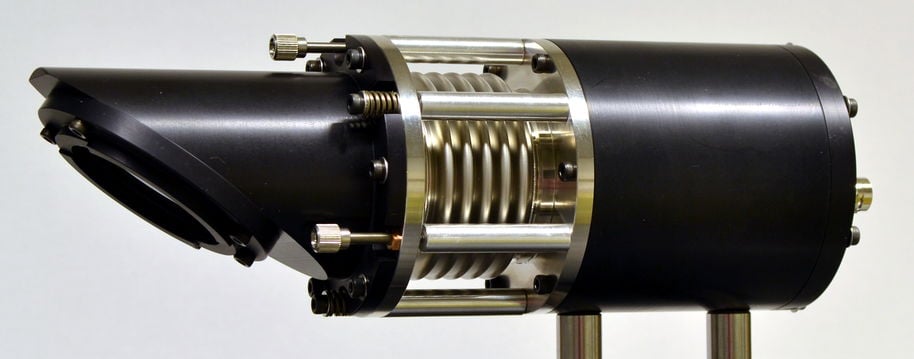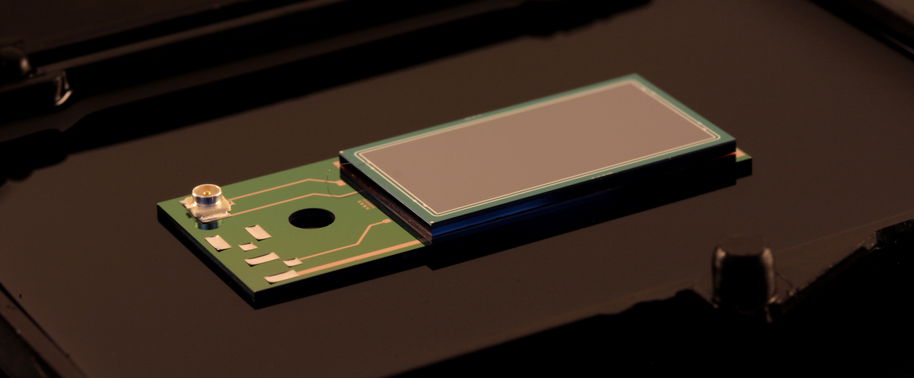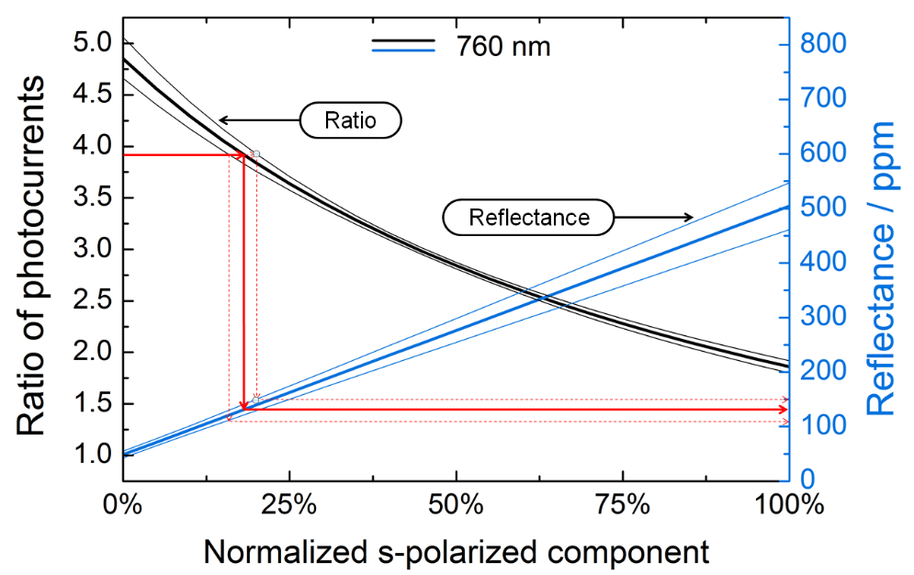NewStar project (2014-2017)
NewStar was a three-year project funded by the EMRP that started in October 2014. The project complemented and was built on earlier iMERA+ project qu-Candela "Candela: Towards quantum based photon standards", where Metrology Research Institute developed a novel photodetector called the Predictable Quantum Efficient Detector (PQED). The PQED consists of two custom-made induced junction silicon photodiodes mounted in a wedged trap configuration. The internal quantum efficiency of the PQED is predictable within 1 ppm and 70 ppm in the visible range at cryogenic temperatures (~77 K) and at room temperature, respectively. Comparisons with cryogenic radiometers confirm the predicted responsivity within the measurement uncertainties. As the responsivity of the PQED was predicted on the basis of fundamental constants and material parameters, the PQED proposes a new and advanced means of realizing the unit of optical power and other derived SI units, and a simplified traceability through more practical and cost efficient techniques [1-2].

The main objectives of the NewStar project were to develop primary standards for absolute radiometry at 1 ppm uncertainty in the visible wavelength range by PQED operating at cryogenic temperatures (~77 K), and to develop traceable spectral radiometry by implementing room-temperature PQED primary standards in applications such as filter radiometry and photometry at 100 ppm uncertainty.
In the NewStar project, MRI has designed the room-temperature PQED, shown above [3]. It consists of the Brewster window for high transmission of p polarized light, adjustment screws, flexible bellows and the photodiode chamber. The developed detector provides the benefits of compact size and ease of use similar to conventional trap detectors. It can also be operated without the Brewster window, in which case a dry nitrogen flow is directed into the detector chamber in order to prevent dust contamination of the photodiodes. This eliminates the need for window transmittance correction, which is a major contribution to the uncertainty.

MRI tested if the room-temperature PQED meets the requirements for a primary standard detector. These include predictable and spatially uniform responsivity, and congruent responsivity and reflectance between individual detectors. Measurements of individual detectors indicate that the spatial responsivity and internal quantum efficiency are spatially uniform within at least 50 ppm in the central area of 4 mm in diameter. The reflectance and spectral responsivity of the PQED are congruent within 4 ppm and 31 ppm, respectively, and agree with the predicted values. These measurement results provide evidence that the room-temperature PQED may replace the cryogenic radiometer as a primary standard of optical power in the visible wavelength range.
Also the reflectance losses of the PQED were analysed when used with light sources of uncontrolled state of polarization. An efficient method to determine the reflectance losses without direct measurement of the reflectance for an unknown state of polarization of the incident light was developed. The method is demonstrated in the figure. By the photocurrent ratio of the two photodiodes it is possible to estimate the relative s- and p-polarization components in the incident light. The knowledge of these components enables the reflectance of the wedged trap structure of the PQED to be calculated.

Metrology Research Institute has contributed in the development, modelling and characterization of the PQED. The first generation of PQED photodiodes are based on a structure where a SiO2 layer is thermally grown on top of p-type silicon substrate. Recent focus has been in a new type of PQED, where the photodiodes have an Al2O3 layer on top of n-type silicon substrate by using atomic layer deposition (ALD) to deposit the layer to the desired thickness [4].

Contact persons: Timo Dönsberg and Farshid Manoocheri
References
[1] M. Sildoja, F. Manoocheri, M. Merimaa, E. Ikonen, I. Müller, L. Werner, J. Gran, T. Kübarsepp, M. Šmíd, and M. L. Rastello, "Predictable quantum efficient detector: I. Photodiodes and predicted responsivity," Metrologia 50, 385–394 (2013).
[2] I. Müller, U. Johannsen, U. Linke, L. Socaciu-Siebert, M. Šmíd, G. Porrovecchio, M. Sildoja, F. Manoocheri, E. Ikonen, J. Gran, T. Kübarsepp, G. Brida, and L. Werner, "Predictable quantum efficient detector: II. Characterization and confirmed responsivity," Metrologia 50, 395–401 (2013).
[3] T. Dönsberg, M. Sildoja, F. Manoocheri, M. Merimaa, L. Petroff, and E. Ikonen, “A primary standard of optical power based on induced-junction silicon photodiodes operated at room temperature,” Metrologia 51, 197–202 (2014).
[4] T. Dönsberg, F. Manoocheri, M. Sildoja, M. Juntunen, H. Savin, E. Tuovinen, H. Ronkainen, M. Prunnila, M. Merimaa, C. K. Tang, J. Gran, I. Müller, L. Werner, B. Rougié, A. Pons, M. Šmíd, P. Gál, L. Lolli, G. Brida, M. L. Rastello, and E. Ikonen, “Predictable quantum efficient detector based on n-type silicon photodiodes,” Metrologia 54, 821–836 (2017).
- Published:
- Updated: